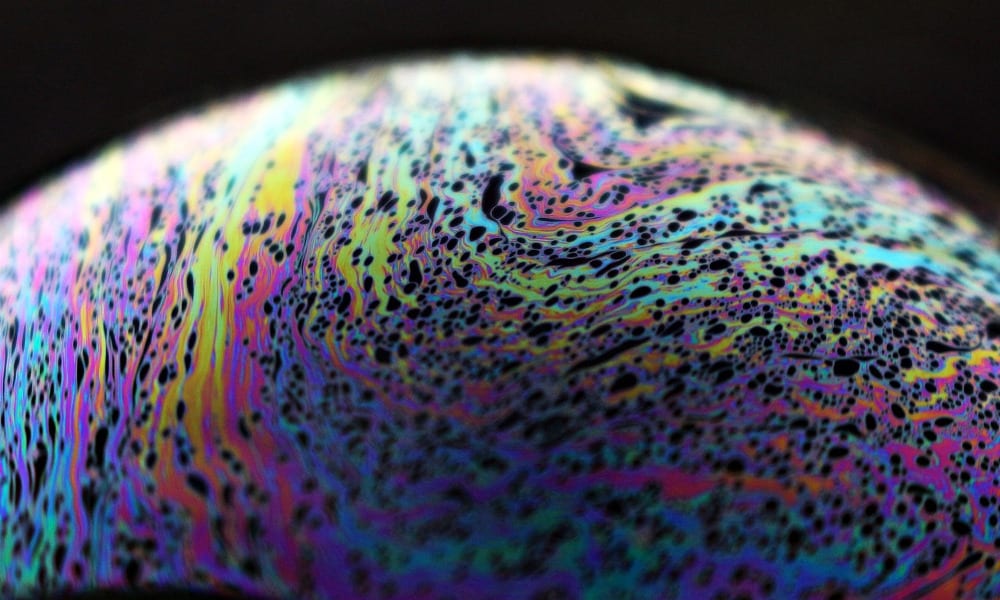Oil spills and oily wastewaters are a persistent problem in today’s industrious World. To combat such pollutants, various absorptive materials have been developed; however, there are often problems related to the complex syntheses, low reusability, and gradual hydrolysis in water – not ideal for tackling oil spills on the World’s oceans.
Now in Advanced Materials, researchers from across Germany and the Czech Republic have developed a simple procedure to synthesize composites based on metal-organic porous gels (MOGs), in order to have quick uptake of oils and high stabilities in water and other organic solvents.
So what are MOGs?
MOGs are 3D networks of metal-organic framework structures that exhibit high surface areas and tunable soft porosities. In addition, they have inherent structural retention, low densities, and can absorb molecules within their structure.
Specifically, the researchers have developed hydrophobic composite gels called FGO@MOGs, or fluorinated graphene oxide (FGO) Al-based MOG composites. Here, the FGO acts as a structure directing agent for the MOG, which results in the synergistic growth of a 3D fibrous micro/mesoscale network in the range of 30–40 nm (see Figure: scanning electron microscopy images of FGO@MOG). The result is a water-stable, chemically inert, reusable composite structure with quick and efficient oil-uptake.

Already, their research demonstrates proof-of-concept for the economic fabrication of materials for environmentally friendly separation of oil and water. As an emerging class of materials, MOGs are further imagined for applications in catalysis, biomedicine and drug delivery.

















